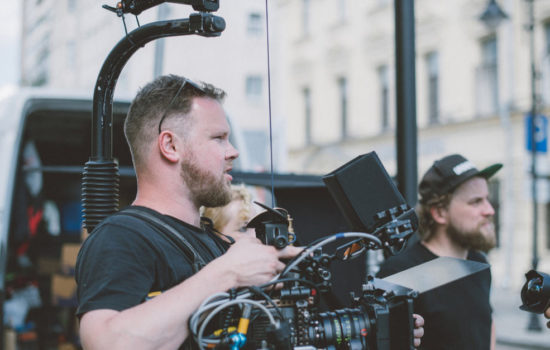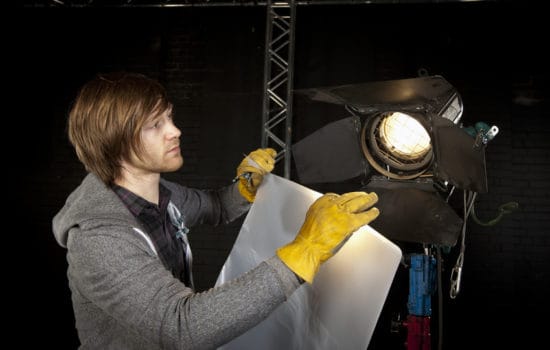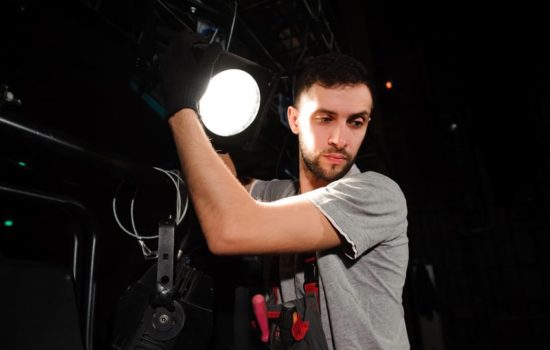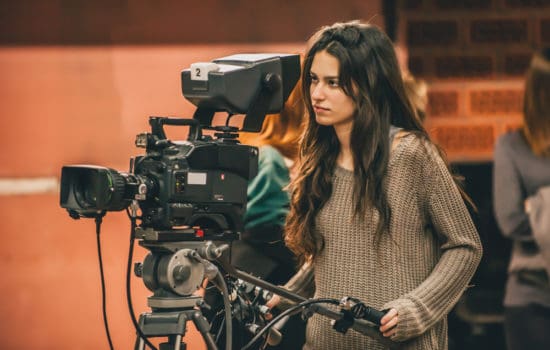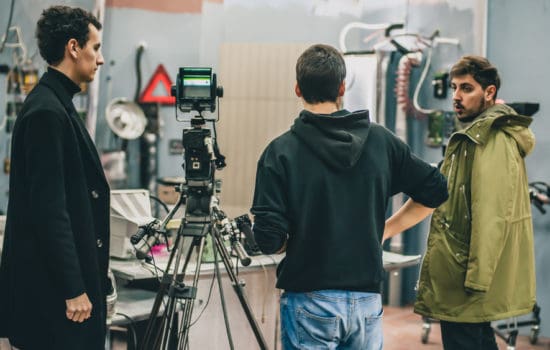A demo reel is a montage of your best acting work. It might also be referred to as a showreel or sizzle reel.
The important thing to focus on here is the word “best.” Casting Directors and anyone else looking at your demo reel won’t be all too concerned with whether the footage in it exactly matches the role that they’re casting for. They just want to make sure you have the talent, screen presence, and other relevant acting qualities to do the job.
Unless the Casting Director has already seen you act on stage or screen, they have no idea of what you can or can’t bring to a role. Hence, why you need a demo reel.
It’s also important to remember that people–including Casting Directors– have short attention spans. You need to show them not only your best acting work, but also your best acting work first. Don’t save your most impressive bit of acting for a big demo reel finale because it’s entirely possible that a Casting Director or Director won’t make it that far.
How much does a demo reel cost?
If you have the skillset to edit your own demo reel, it may cost nothing at all. If that option isn’t available to you, the cost will depend on who you hire to put together that demo reel. A student editor or friend might do it for only the experience or a minimal fee. Hiring a more experienced professional might result in a cost of a few hundred dollars.





